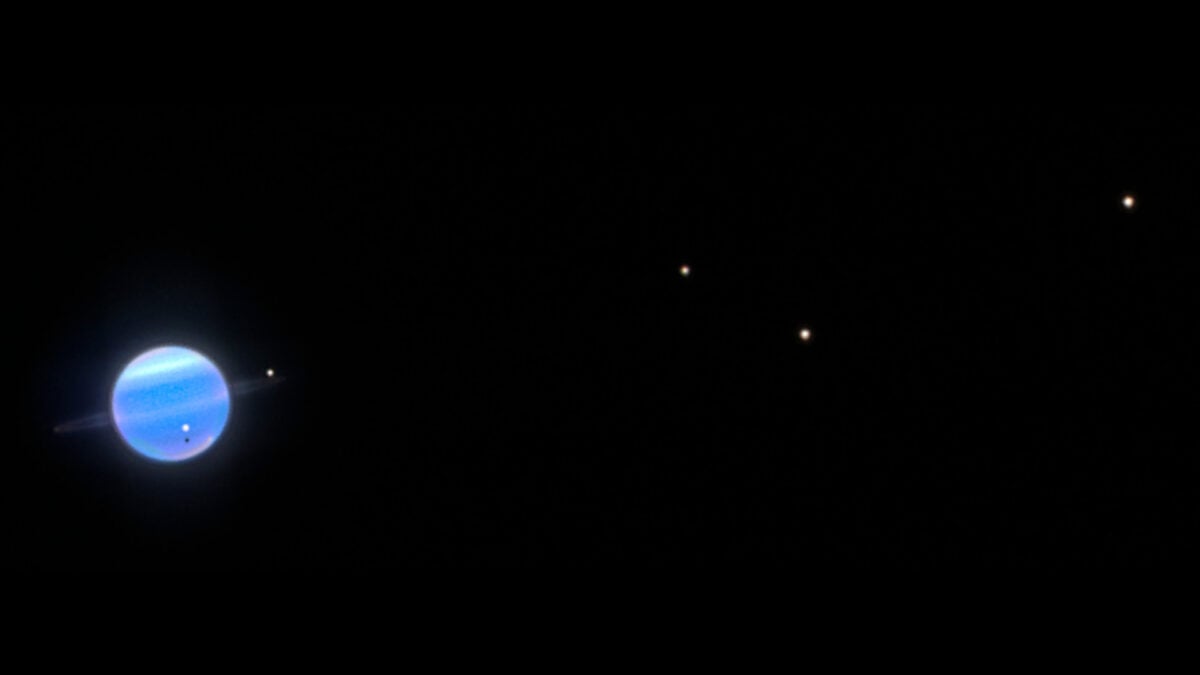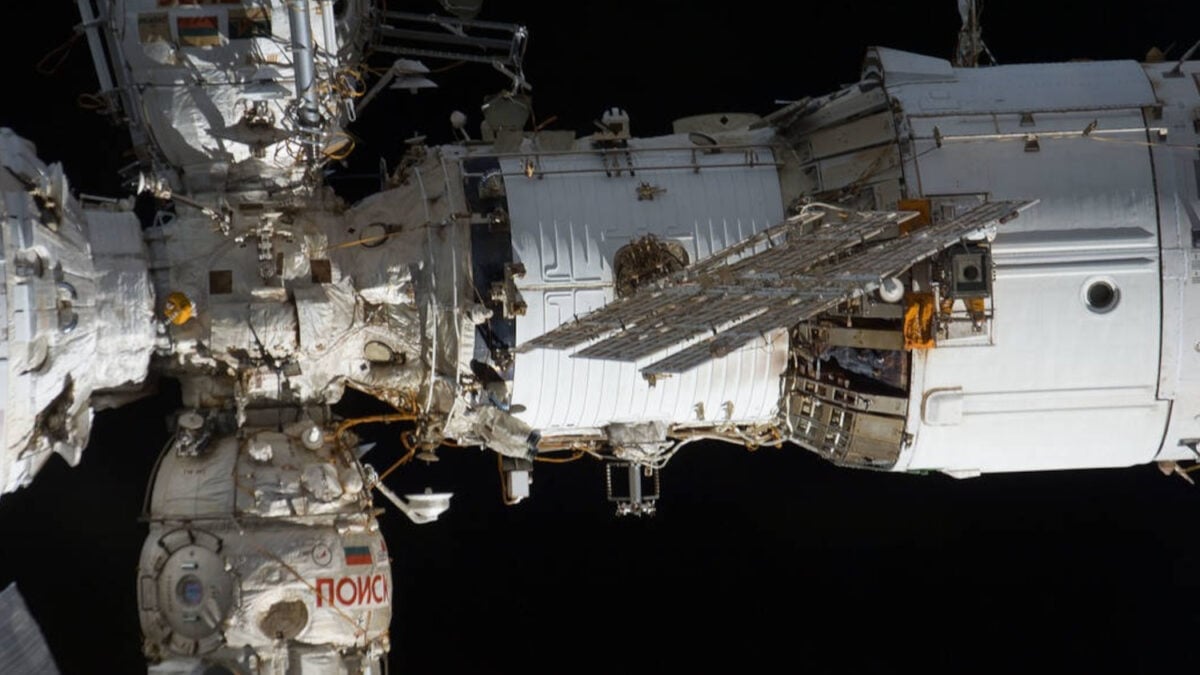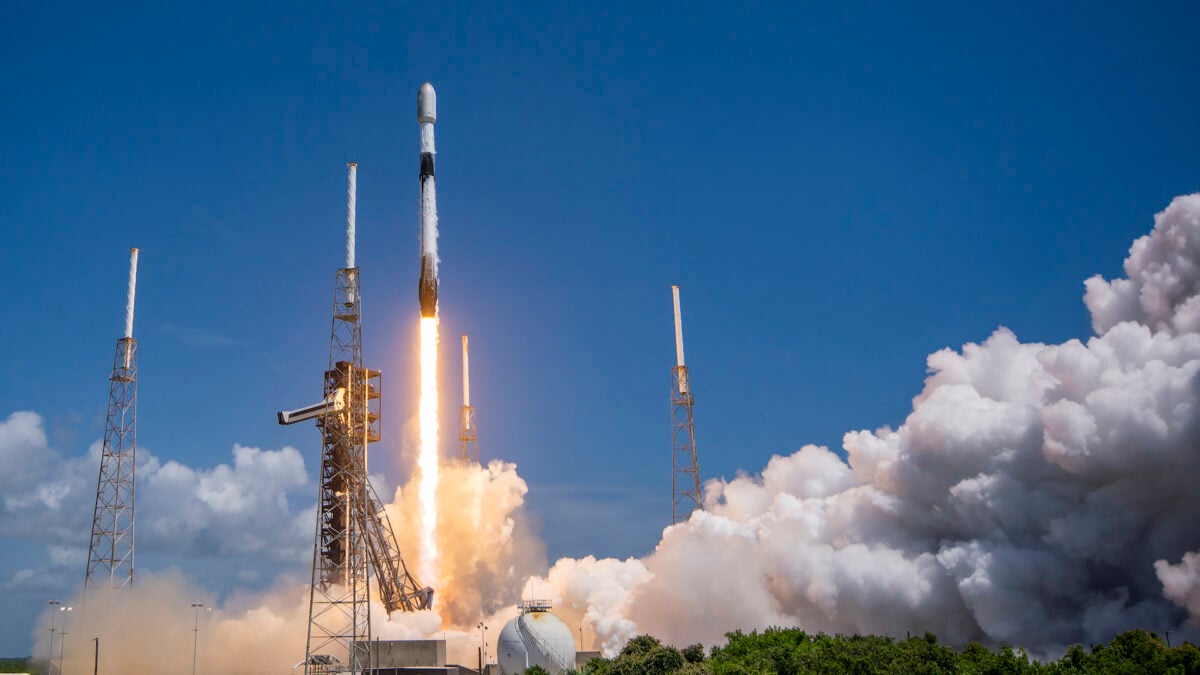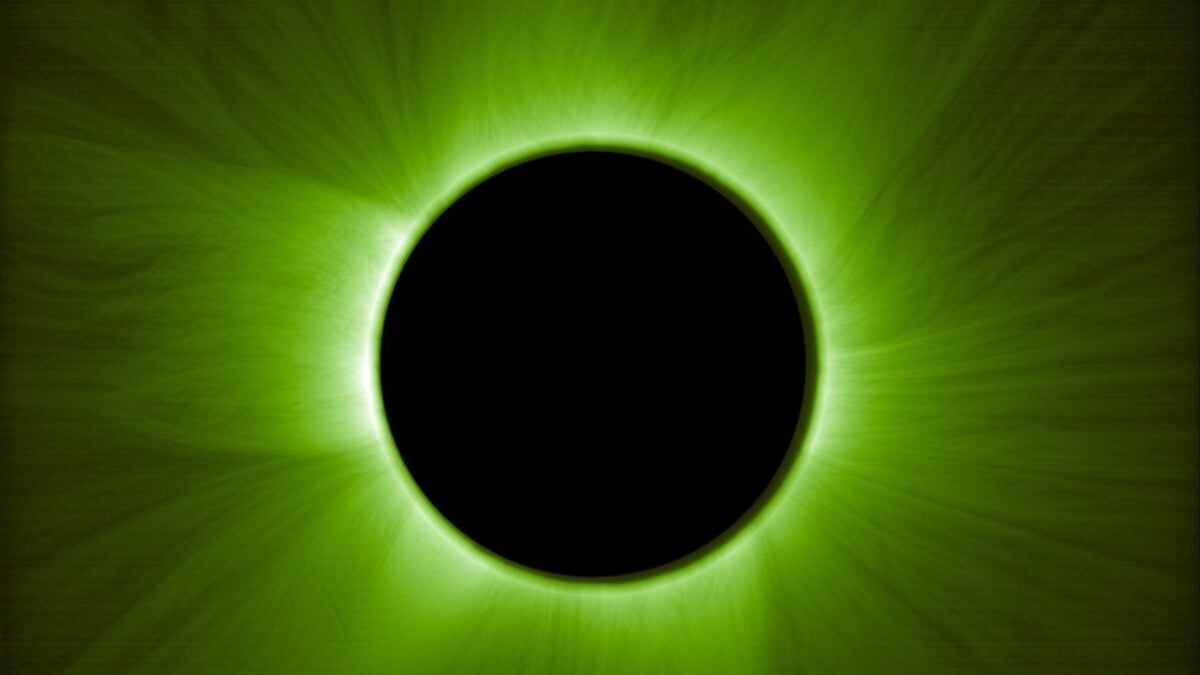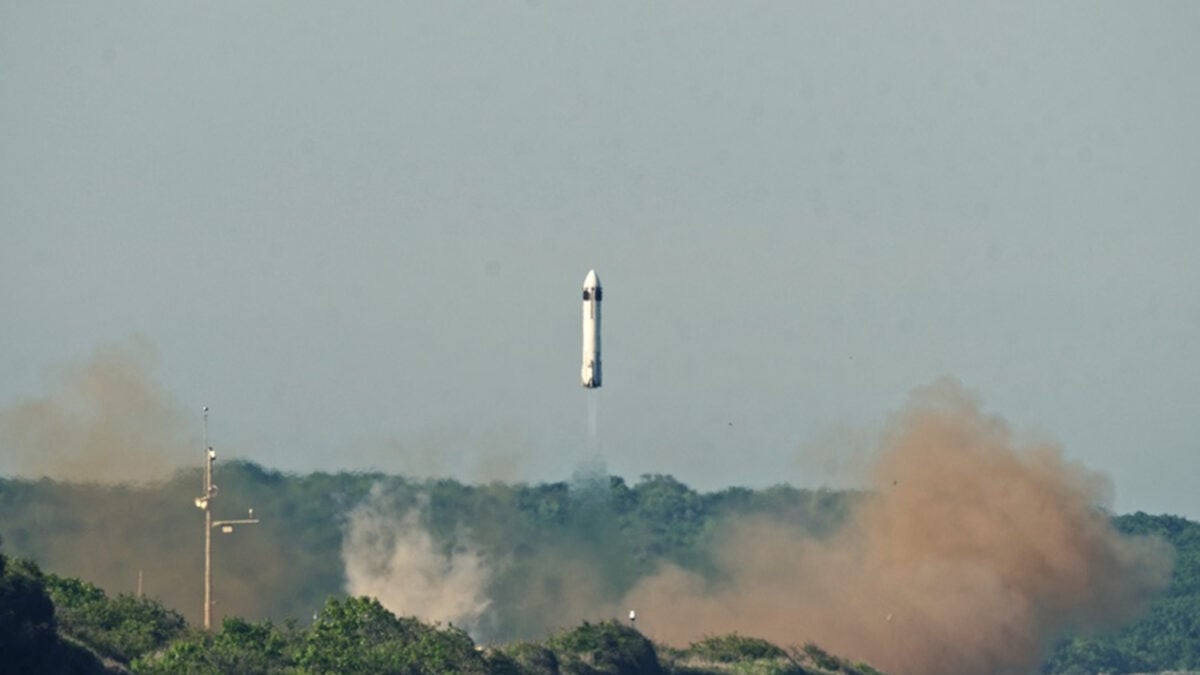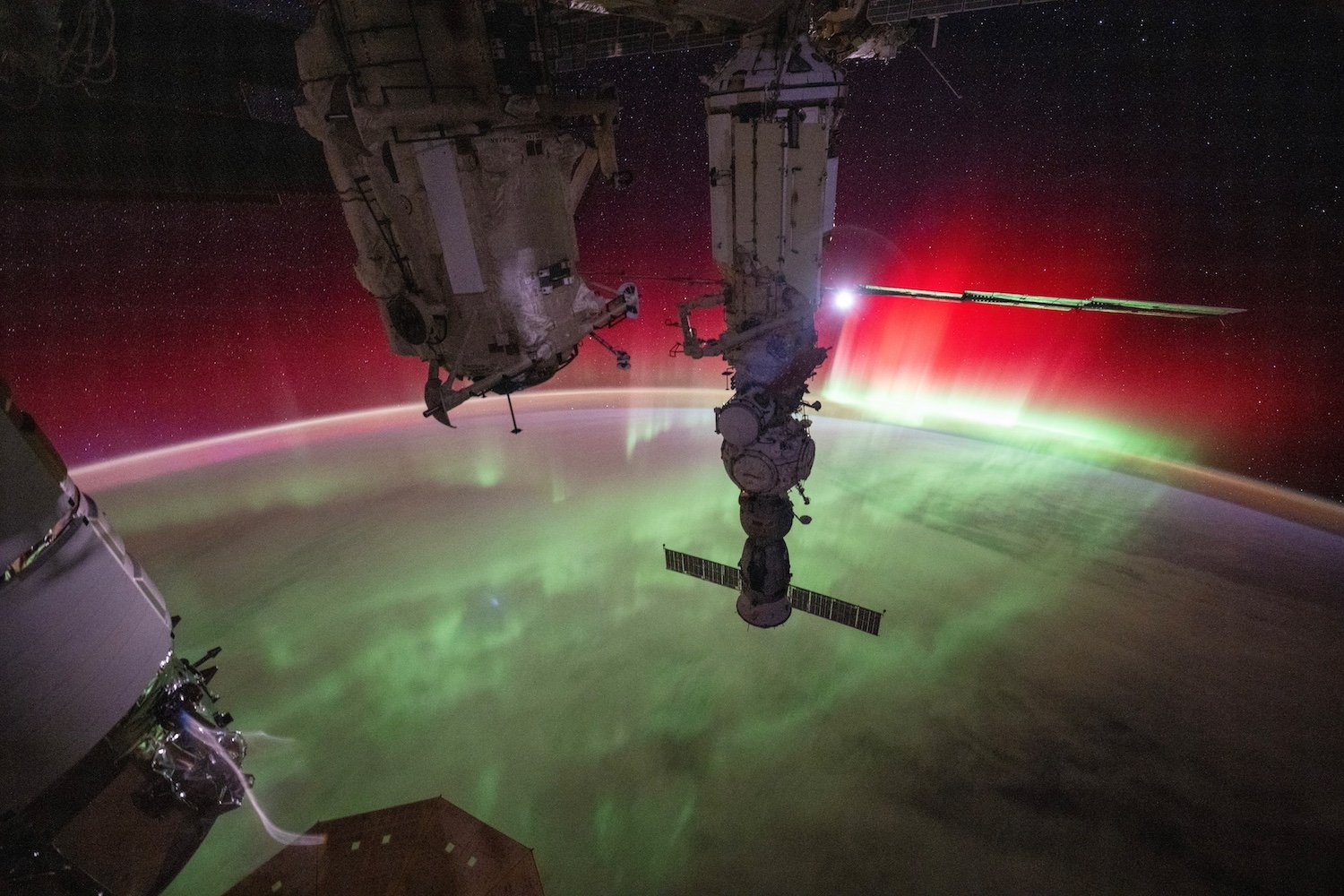The enigmatic moons orbiting Uranus, already known for their diverse and unusual features ranging from heavily cratered surfaces to complex tectonic landscapes, have once again presented scientists with a cosmic puzzle. A recent closer examination of Uranus’s four largest moons using the Hubble Space Telescope has unveiled a surprising characteristic that challenges previous assumptions about these distant celestial bodies.
The Unexpected Observation: Darker Leading Hemispheres
A team of astronomers embarked on a study to investigate signs of interaction between Uranus’s powerful magnetic field and its four most prominent moons: Ariel, Umbriel, Titania, and Oberon. These moons, all named after characters from William Shakespeare’s works, are tidally locked with Uranus. This means one hemisphere, known as the leading side, constantly faces the direction of the moon’s orbit around the planet, while the trailing side perpetually faces away. Scientists had long hypothesized that the leading hemispheres would appear brighter, with the trailing sides being darker. However, the new observations revealed the opposite for the outer moons, providing clear evidence of a darkening effect on their leading sides.
 Artistic depiction of the ice giant Uranus with its major moons, highlighting the system studied for surface characteristics.
Artistic depiction of the ice giant Uranus with its major moons, highlighting the system studied for surface characteristics.
These findings, presented at the 246th American Astronomical Society meeting, suggest that Uranus’s magnetosphere might have a less significant interaction with its large moons than previously indicated by earlier data.
Uranus: An Ice Giant Full of Quirks
Uranus is renowned in our solar system for its peculiar characteristics. The ice giant is dramatically tilted on its axis by 98 degrees, making it the only planet whose equator is nearly at a right angle to its orbital plane. A single day on Uranus lasts approximately 17 Earth hours, the time it takes for one full rotation. The planet completes one orbit around the Sun every 84 Earth years. “At the time of the Voyager 2 flyby [in 1986], the magnetosphere of Uranus was tilted by about 59 degrees from the orbital plane of the satellites,” explained Richard Cartwright, a researcher at the Johns Hopkins University’s Applied Physics Laboratory and principal investigator for the new study, in a statement. “So, there’s an additional tilt to the magnetic field.”
Challenging Magnetosphere Interaction Theories
Uranus and its complex magnetic field lines rotate faster than its moons orbit the planet. This rapid rotation causes the magnetic field lines to continuously sweep past these celestial bodies. Consequently, scientists theorized that charged particles from Uranus’s magnetosphere should predominantly impact the trailing hemispheres of the moons. This bombardment was expected to cause an accumulation of these particles, scattering radiation and thereby making the trailing sides appear darker.
However, utilizing Hubble’s ultraviolet capabilities, the research team discovered that the leading and trailing hemispheres of Ariel and Umbriel are remarkably similar in brightness. For Titania and Oberon, the two outermost large moons, the observations directly contradicted expectations: their leading hemispheres were found to be darker and redder compared to their trailing sides. “Uranus is weird, so it’s always been uncertain how much the magnetic field actually interacts with its satellites,” Cartwright added.
A New Culprit: Interplanetary Dust Accumulation
The team proposed an alternative explanation for this unexpected darkening phenomenon on Titania and Oberon. Uranus possesses a collection of small, distant irregular moons with eccentric orbits. These minor moons are constantly bombarded by micrometeorites, which eject material from their surfaces into orbit around the planet. Over millions of years, this fine dust gradually spirals inward, eventually reaching the orbital paths of Titania and Oberon. [internal_links]
As these larger moons journey around Uranus, they sweep up this dust. The Space Telescope Science Institute described this process vividly: it’s “much like bugs hitting the windshield of your car as you drive down a highway.” This steady accumulation of interplanetary dust on their leading sides is now considered the likely cause for Titania and Oberon appearing darker and redder. “So that supports a different explanation,” Cartwright noted. “That’s dust collection. I didn’t even expect to get into that hypothesis, but you know, data always surprise you.”
The Lingering Mystery of Ariel and Umbriel
While dust accretion offers a plausible explanation for the outer moons, the cases of Ariel and Umbriel remain less clear. It is possible that Uranus’s magnetosphere does interact with these inner moons, but not in a manner that results in the previously anticipated brightening or darkening patterns. This recent discovery adds another layer of intrigue to the Uranian system, highlighting how much is still to be learned about this distant ice giant and its diverse family of moons.
Unveiling Uranus’s Secrets
The Hubble Space Telescope’s latest observations of Uranus’s moons have once again demonstrated the dynamic and often surprising nature of our solar system. The discovery that the leading hemispheres of Titania and Oberon are darker, potentially due to accumulated interplanetary dust, challenges existing models of magnetosphere-moon interactions. As for Ariel and Umbriel, their seemingly unaffected surfaces hint at other complex processes at play. These findings underscore the ongoing quest to understand the intricate workings of distant planetary systems and the unique characteristics of their celestial inhabitants. What further secrets do you think Uranus and its moons hold? Share your thoughts below!



